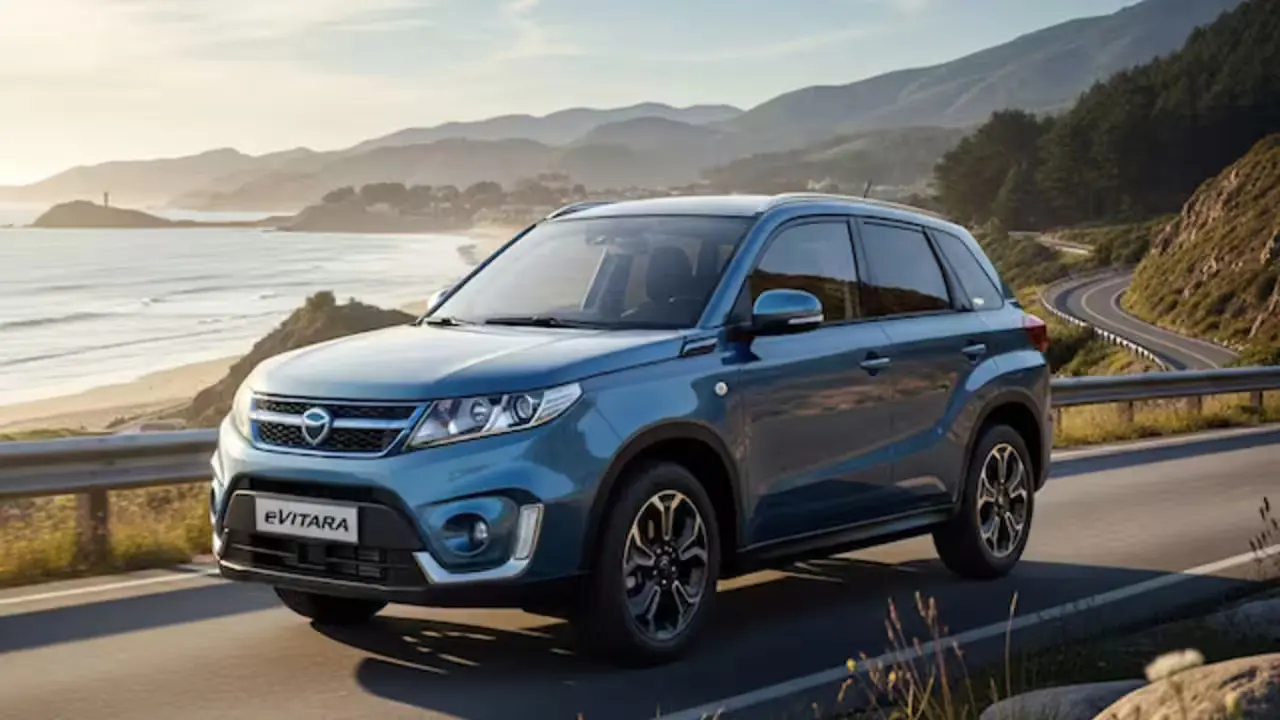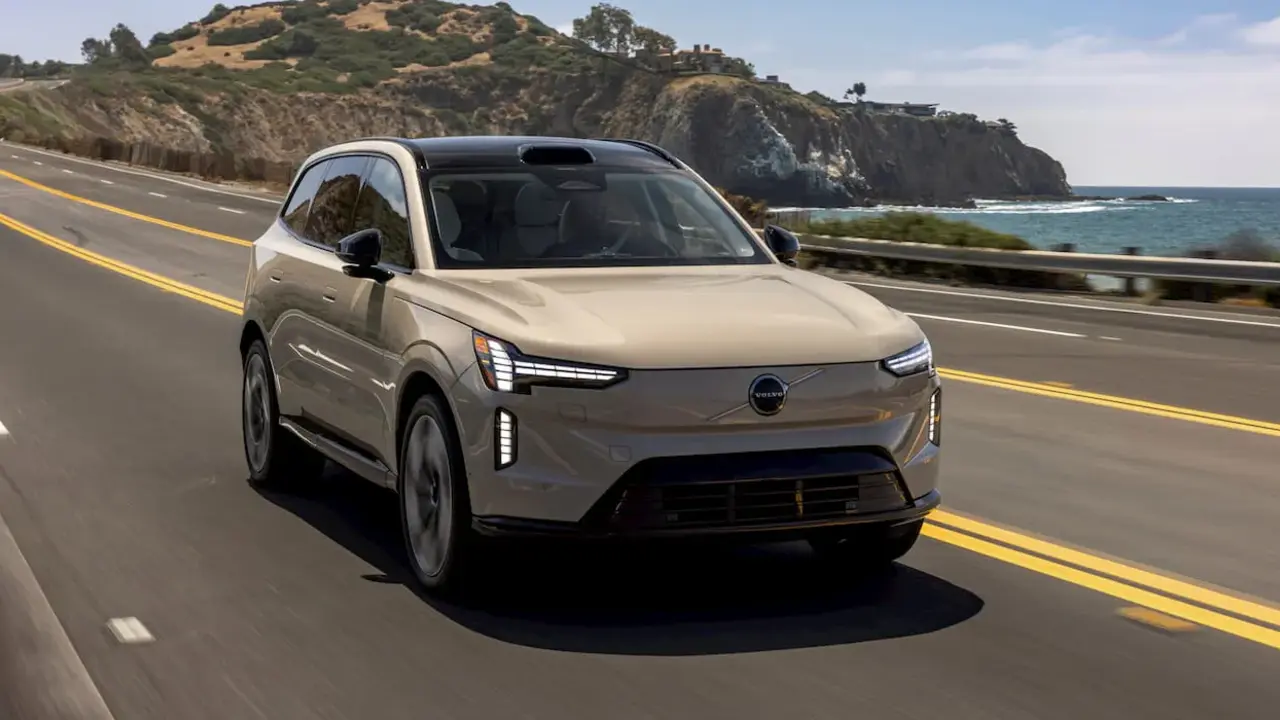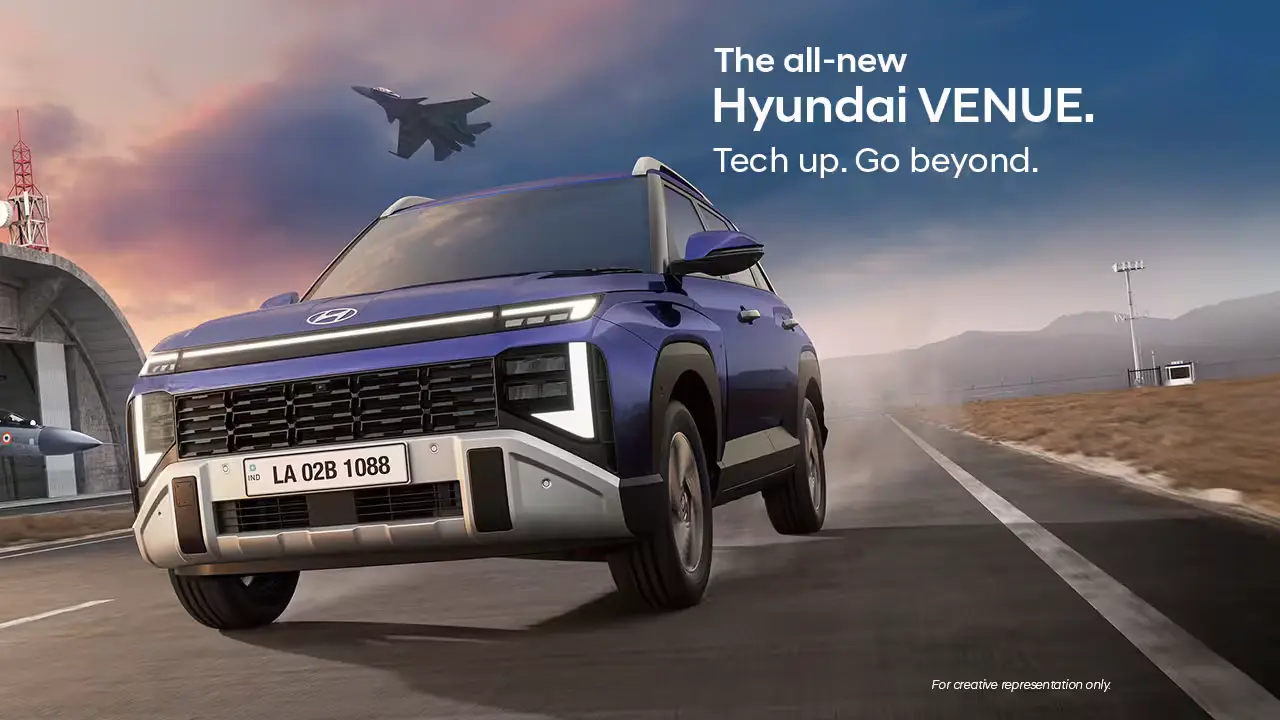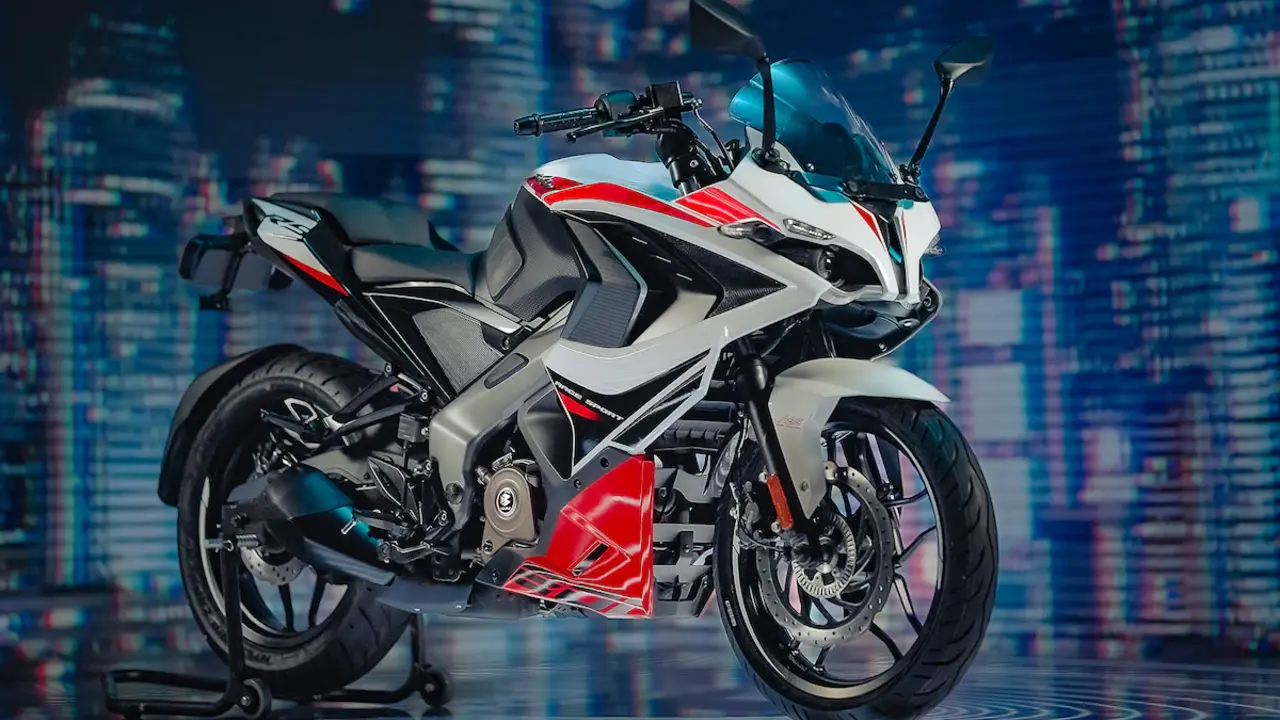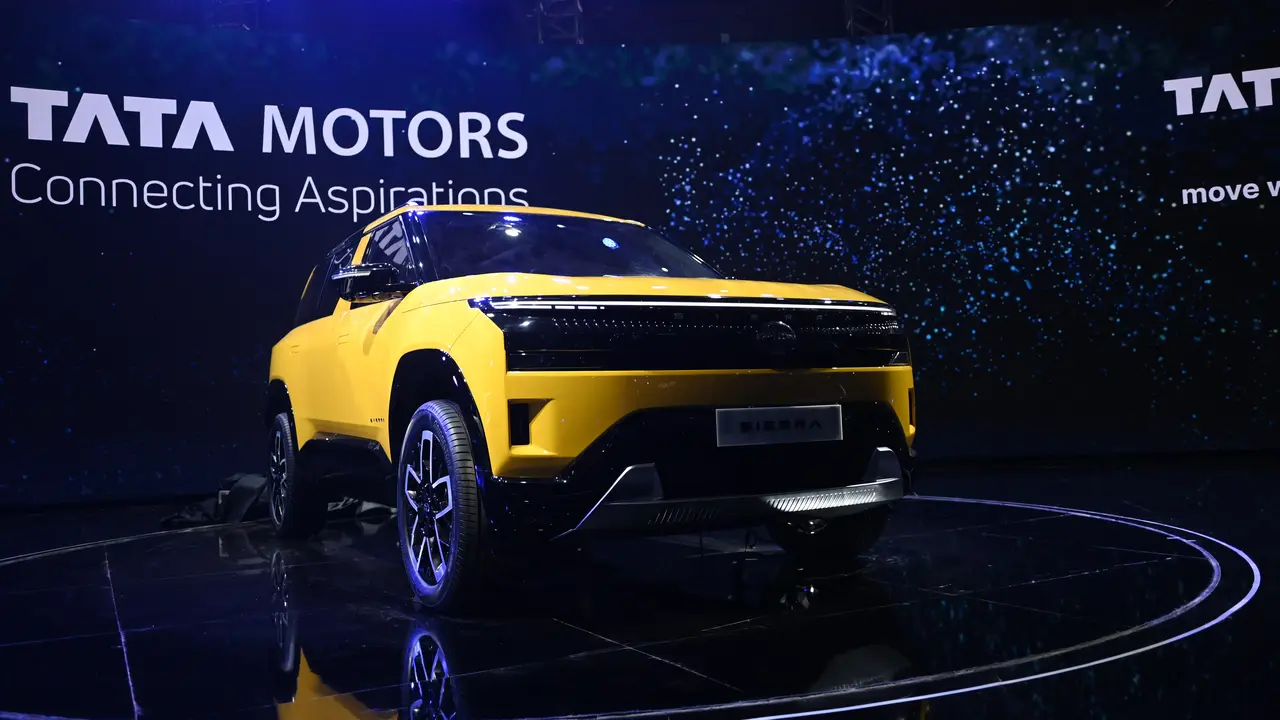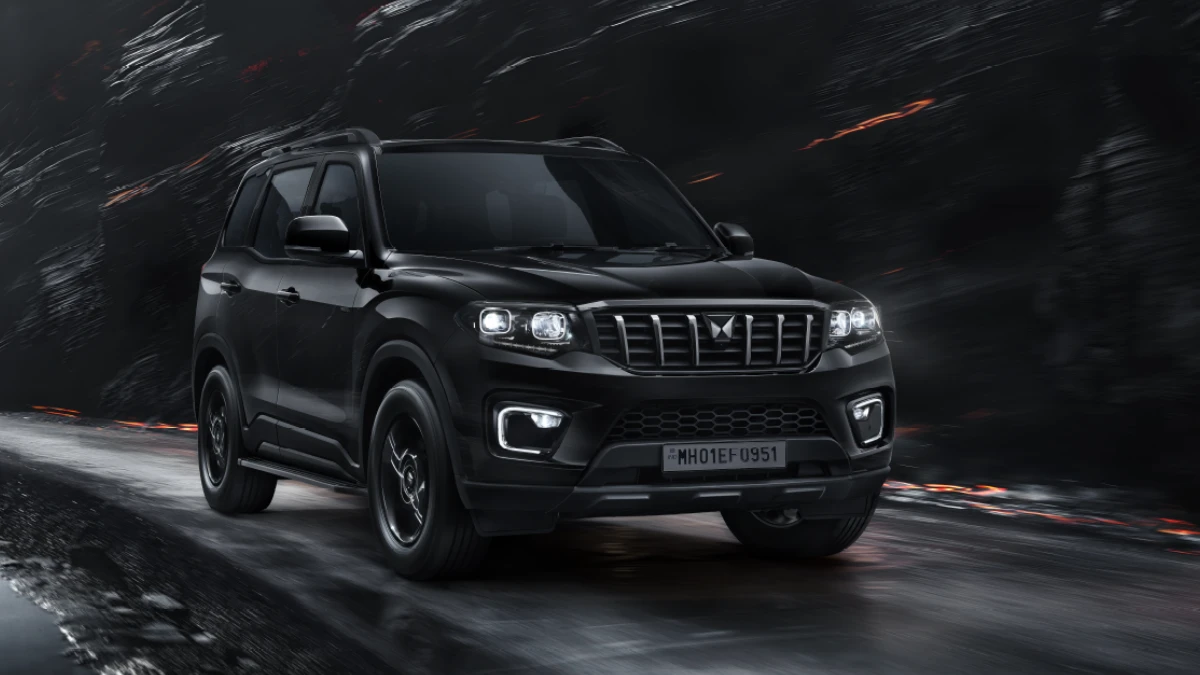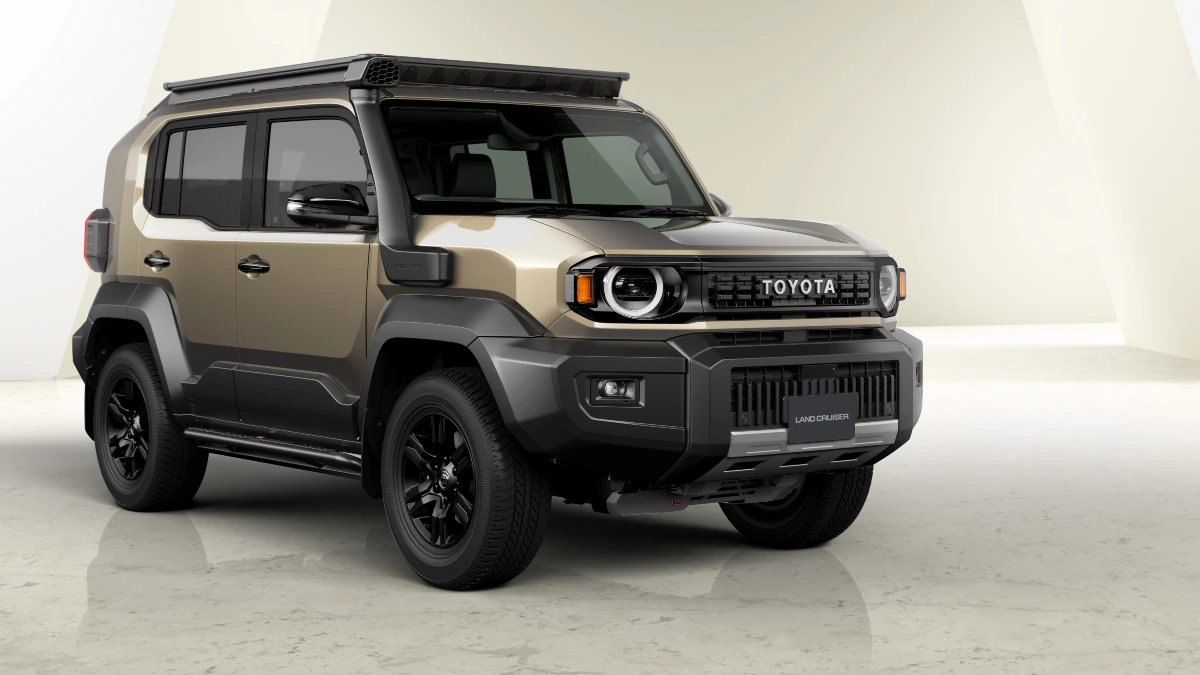If you’ve been watching the EV space like I have, you’ve probably seen the buzz: Maruti Suzuki eVitara is set to make a big splash. I’ll walk you through what this model is, where it stands today, and why a December launch in India feels so close. I’ll also share numbers, examples, and what you should watch next.
What is the Maruti Suzuki eVitara?
The Maruti Suzuki eVitara is Suzuki’s first global battery-electric vehicle (BEV). It’s a compact, B-segment SUV built on the new HEARTECT-e platform. Suzuki unveiled the model on November 4, 2024, and it is also sold in a Toyota-branded form in some markets. This is a true global effort, designed for everyday buyers who want an electric SUV that feels familiar to drive.
Why this matters: Suzuki is one of the world’s biggest small-car makers. When they commit to a global BEV, it signals that mass-market EVs are moving into the mainstream. For buyers in India, that could mean more choices and better support for EV ownership.
Production, exports, and the December launch timing
Here’s where the timeline gets interesting. Commercial production of the model began at Suzuki Motor Gujarat (Hansalpur) in 2025. The company held an official flag-off ceremony on August 26, 2025 to mark the start of production. From there, Maruti Suzuki began exporting eVitara units to Europe — the first large shipment was roughly 2,900 units sent from Gujarat to several European markets.
So when outlets say the eVitara is “ready for launch this December,” they usually refer to an India retail launch window. Even though production and exports happened in mid-2025, Maruti was expected to announce India pricing and local sales details around December 2025. That means the wait for Indian customers wanting to buy through Nexa or Maruti dealers is almost over.
Batteries, range, and charging — what to expect
The eVitara comes with two LFP battery options and multiple drivetrain choices. In simple terms, you can pick a smaller or larger battery depending on how far you want to go between charges. There’s also an AWD top variant with twin motors if you need extra traction.
| Specification | Option A | Option B |
|---|---|---|
| Battery | ~49 kWh (LFP) | ~61 kWh (LFP) |
| Drivetrain | Single-motor FWD | Single-motor FWD or twin-motor ALLGRIP-e AWD |
| Claimed range (WLTP/test) | ~300 km (varies by cycle) | ~450–550 km (varies by cycle and market) |
| DC Fast Charge | ~70 kW DC — roughly 0–80% in ~50 minutes (public reports) | |
Those ranges are broad because they depend on test cycles (WLTP vs local tests), driving style, and conditions. Still, the numbers put the eVitara in a strong spot for everyday use. The DC fast-charge rate of around 70 kW means short long-distance stops on highway runs are possible.
Charging support and after-sales plans
Maruti Suzuki is planning to support buyers with home chargers and widespread service options. The company talked about offering smart home chargers and installation help. Their initial after-sales rollout will focus on the top 100 cities and roughly 1,500 EV-enabled workshops. That is important because home charging plus good service coverage makes EV ownership easier for many people.
Example: If you live in a metro city with Nexa dealers, you’ll likely see faster setup and support. If you live in a smaller town, you may have to wait a bit longer for full service coverage. That’s typical for new EV rollouts and is part of why production and dealer readiness matter so much.
Pricing, production limits, and real-world impact
Early European pricing gave us a ballpark. In the UK the eVitara started around £29,999 when sales began there in mid-2025. India pricing was expected to come with the local launch — likely through Nexa channels. Watch dealer announcements and Maruti press releases closely for final India MSRP.
One real-world issue to keep an eye on is supply. Maruti Suzuki trimmed near-term eVITARA production targets in mid-2025 because of rare-earth and component supply constraints. The company said it planned to ramp up production later in the year. That means initial deliveries could be slower than demand, especially when dealers open bookings in December.
Here’s a simple case: if Maruti had planned to make 50,000 units in a certain period and then cut the initial output significantly, dealers might get small allocations. Early buyers who book quickly may get priority. That’s common with popular launches — limited supply at first, followed by steady ramp-up.
Who should consider the eVitara and what to watch next
If you want a compact electric SUV for daily use and some longer trips, the eVitara is worth your attention. The two battery options give you a choice: smaller battery for city-focused buyers who want a lower price, or larger battery for people who need more range. The AWD top model will suit buyers who want extra grip or plan to drive in varied conditions.
What to watch next:
- Official India pricing and variants from Maruti Suzuki or Nexa.
- Dealer booking dates and expected delivery timelines for India (likely in December 2025 if reports hold).
- Local WLTP-equivalent range claims and real-world tests from Indian reviewers after launch.
- Availability of home charger installation and service coverage in your city.
Also Read: Mahindra XEV 7e: Powerful 7-Seater Electric SUV Coming Soon!
Final Thoughts
In short, the Maruti Suzuki eVitara is already in production and is being exported, but the India retail launch and final pricing were expected around December 2025. The car brings solid EV basics: two LFP battery sizes, a possible AWD option, and DC fast charging that can do 0–80% in roughly 50 minutes. Early supply hiccups due to component limits may slow initial deliveries, but Maruti plans to ramp up production.
If you’re thinking about buying, I recommend signing up with your local Nexa dealer for updates and being ready to act when India pricing is announced. I’ll be watching the dealer pages and Maruti press releases too, and I can pull the latest dealer page or an updated spec comparison if you want — which would you prefer?
